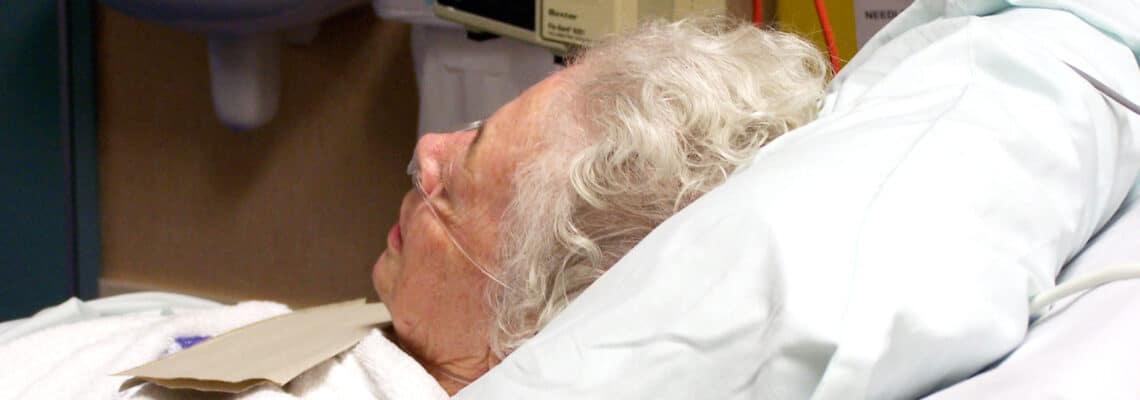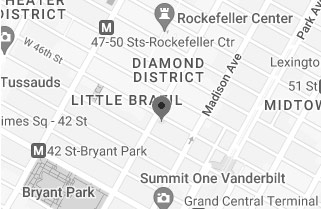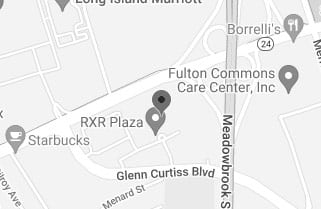On June 17, 2013, a patient at Barnabas Nursing Home passed away from complications arising from her pressure ulcers. Her family has sued the nursing home and hospital and believes that their family member received negligent treatment and that the hospital and nursing home should be held responsible for her death.
The patient, an 81-year-old woman, was initially admitted to St. Barnabas Hospital on February 10, 2009. The patient was vomiting and suffered from multiple conditions including “dementia, gastroenteritis, heart disease… pancreatitis, anemia, hypoalbuminemia, pneumonia and acute respiratory failure.” While receiving treatment for these conditions, the patient developed a stage II sacral ulcer measuring 11 by 10 centimeters which she received “multi-dex gel” to treat. After the pressure ulcer (or ‘bedsore’ as it is commonly referred) subsided several centimeters, the patient was released from the hospital on April 27, 2009 to St. Barnabas Nursing Home with further orders to continue “multi-dex gel” treatments on the pressure ulcer. Unfortunately, on August 31, 2009, the pressure ulcer had significantly enlarged – apparently due to lack of treatment. At this point, the patient was in septic shock and was immediately transferred to the hospital. Sadly, the patient passed away at the hospital, years later, on June 17, 2013 from septic shock caused by the ulcer. The patient had never recovered.
The family proceeded to sue the hospital and nursing home for medical malpractice, negligence and violation of Public Health Law. The hospital provided expert testimony attempting to prove that the pressure ulcer was unavoidable because the patient was in such poor shape when admitted to the hospital. The expert witness testified that the patient could not have been moved around in such a weakened state. Further, the hospital argued that the pressure ulcer was not life-threatening at the time that the patient was released and that if the nursing home had only followed its instructions, then the pressure ulcer would have fully healed. As evidence, the hospital shows that the pressure ulcer was shrinking from the time of the hospital stay to the time that the patient was released from the hospital. The nursing home, on the other hand, believes that the hospital should be held responsible because the pressure sore occurred on its watch and the hospital also should not have released the patient with such a large sore. The nursing home also argued it should not be held liable because the 81-year-old had several other “co-morbidities” that negatively impacted her health. After hearing all of these arguments, the Appellate panel of judges in the First Department of New York denied the hospital and nursing home’s attempts to dismiss the arguments. Next, the case will proceed to a trial by jury to decide the facts on the case.
Source:
http://law.justia.com/cases/new-york/appellate-division-first-department/2015/16154-306975-11.html





